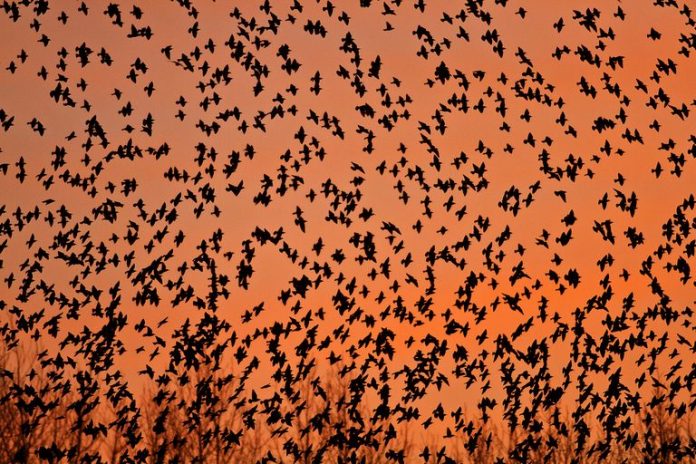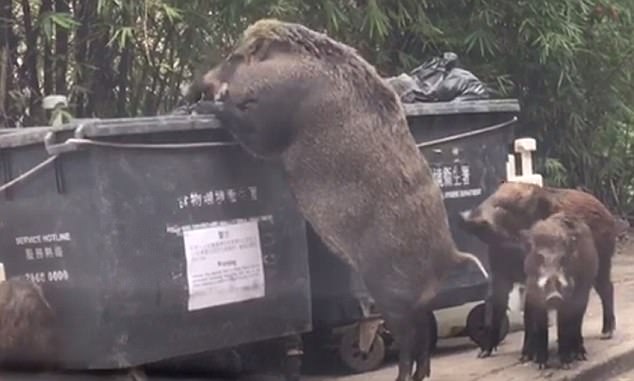Starling murmurations are one of nature’s great spectacles – and autumn is the time to witness the stunning aerial display in the skies above the UK.
But, what is a starling murmuration? Why do they happen? And when (and where) is the best time to see the birds in full flight?
Here, everything you need to know about starling murmurations.
murmuration?
Starling murmurations occur when thousands of the birds flock together, swooping and diving in synchronisation against the autumn sky.
When is the best time to see a starling murmuration?
Starling murmurations happen when the birds start to roost. The RSPB say this can be as early as September in some places, and as late as the end of November elsewhere, with more birds joining the nightly displays during this time.
Starlings usually perform their aerial acrobatics at dusk, just above their communal roosting sites before they bed down for the night.
Why do starlings murmurate?
The RSPB believe starlings murmurate for “many reasons”.
Not only does grouping together in the sky offer protection from predators like peregrine falcons, they say, but the birds also do so to keep warm and exchange information on feeding sites.
When is the best time to see a starling murmuration?
Starling murmurations happen when the birds start to roost. The RSPB say this can be as early as September in some places, and as late as the end of November elsewhere, with more birds joining the nightly displays during this time.
Starlings usually perform their aerial acrobatics at dusk, just above their communal roosting sites before they bed down for the night.
Why do starlings murmurate?
The RSPB believe starlings murmurate for “many reasons”.
Not only does grouping together in the sky offer protection from predators like peregrine falcons, they say, but the birds also do so to keep warm and exchange information on feeding sites.
Whatever the reason, it’s a mesmerising sight you won’t forget in a hurry!
Whatever the reason, it’s a mesmerising sight you won’t forget in a hurry!
They’re a common sight as the weather turns cooler, especially at RSPB reserves around the country.













